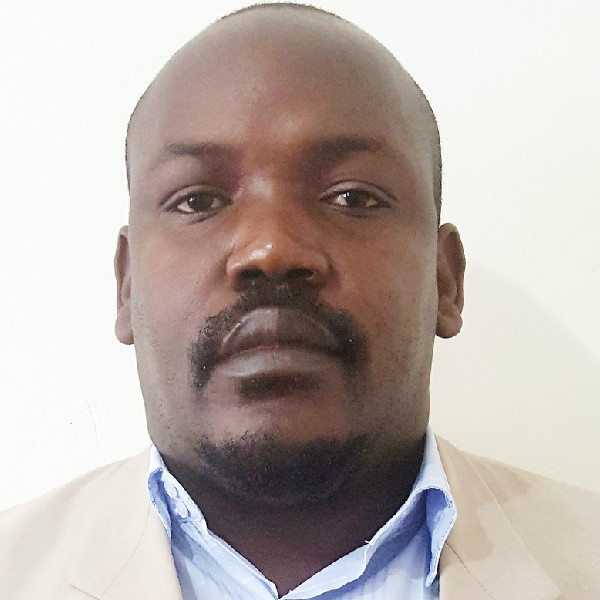Share post now

global
The Alliance Sud magazine analyses and comments on Switzerland's foreign and development policies. "global" is published four times a year (in german and french) and can be subscribed to free of charge.
Article, Global
20.03.2023, International cooperation
The third High Level Meeting (HLM3) of the Global Partnership for Effective Development Cooperation (GPEDC) ended with mixed results, says Vitalice Meja, Executive Director of Reality of Aid Africa.

Held in Geneva Switzerland in December 2022, the meeting brought together several hundred government officials, development partners and other development players. It endeavoured to take critical steps to strengthen the impact of development cooperation in delivering on the 2030 Agenda for the benefit of those most left behind. The meeting also took place at a time when the COVID-19 pandemic had not only led to the loss of hard-won development gains, but also when questions about the relevance of the effectiveness principle in the current crisis-ridden context were gaining momentum. The onus on the summit was to demonstrate how development effectiveness principles could help bring more resilience to development results and impacts, for the purposes of the SDGs. In this regard, the summit attempted to place trust building at the heart of the GPEDC agenda and its outcomes. The objective was to secure a political commitment from all actors to change the way they partner, by resolutely making the effectiveness principles more central to outcomes and accountability at the country level.
It is safe to say that the GPEDC’s mandate and effectiveness principles are as relevant as ever. It was on this basis that the GPEDC rolled out a new monitoring framework and an overhauled delivery model that was unanimously endorsed at the summit. By the time of the summit, over 36 developing countries had signalled their intention to participate in the next monitoring round. The country dialogues, partner country caucus and thematic focus approved at the summit also provide considerable impetus for launching the new delivery model at the national level. All indications are that there is still a high level of interest in accountability and in making progress on GPEDC commitments.
We must, however, act decisively and not selectively to implement the new monitoring framework and the new delivery model if we are to strengthen the platform in the context of the 2030 Agenda. Sustained efforts are needed to make the GPEDC more operational and results-oriented at the national level, and also to promote inclusiveness through a whole-of-society approach. The GPEDC leadership should capitalize on the opportunities offered by the bold political outcome document to spur progress towards country-level action. There must be increased uptake of GPEDC outputs and products to inform and guide changes of behaviour on the part of countries and at headquarters, and adequate financial resources must be allocated for this purpose.
We must nevertheless address the fact that the persisting external perception is that the GPEDC is donor-driven and that whatever is funded by donors attracts attention and investment from the global platform. This perception does nothing to strengthen ownership among partner-country governments. Creating a global community dedicated to pursuing the principles will require bold political action across all constituencies, and development partners will have to be willing to engage in the political debate.
Funding and capacity constraints have persisted throughout the decade-long existence of the GPEDC. However, there are new demands for all actors to assess their capacity to deliver. With the new monitoring exercise and delivery model, the GPEDC must urgently consider members’ capacity gap and the support needed to spur action, including at the country level. If we are to succeed, both responsibilities and the relevant resources must be clearly designated, for the sake of better pursuing the aims of the GPEDC at the country level.
An inclusive and sustainable GPEDC will depend on a shared understanding of how to respond to new risks, trade-offs and tensions in partnerships at the country level. This requires continued multi-stakeholder dialogue to rally all actors around agreed actions that are guided by the 2030 Agenda and national development priorities. Concerted investment by all stakeholders will be needed to address persisting and new challenges of effectiveness, and to ensure a focus on agreed development priorities, and on first helping those who are furthest behind. Underpinned by collective approaches to accountability, this could generate much-needed momentum for harnessing the strengths of governments, citizens and other partners in order to ensure greater deliverables and speed up progress along the path of sustainable development.
Share post now

global
The Alliance Sud magazine analyses and comments on Switzerland's foreign and development policies. "global" is published four times a year (in german and french) and can be subscribed to free of charge.